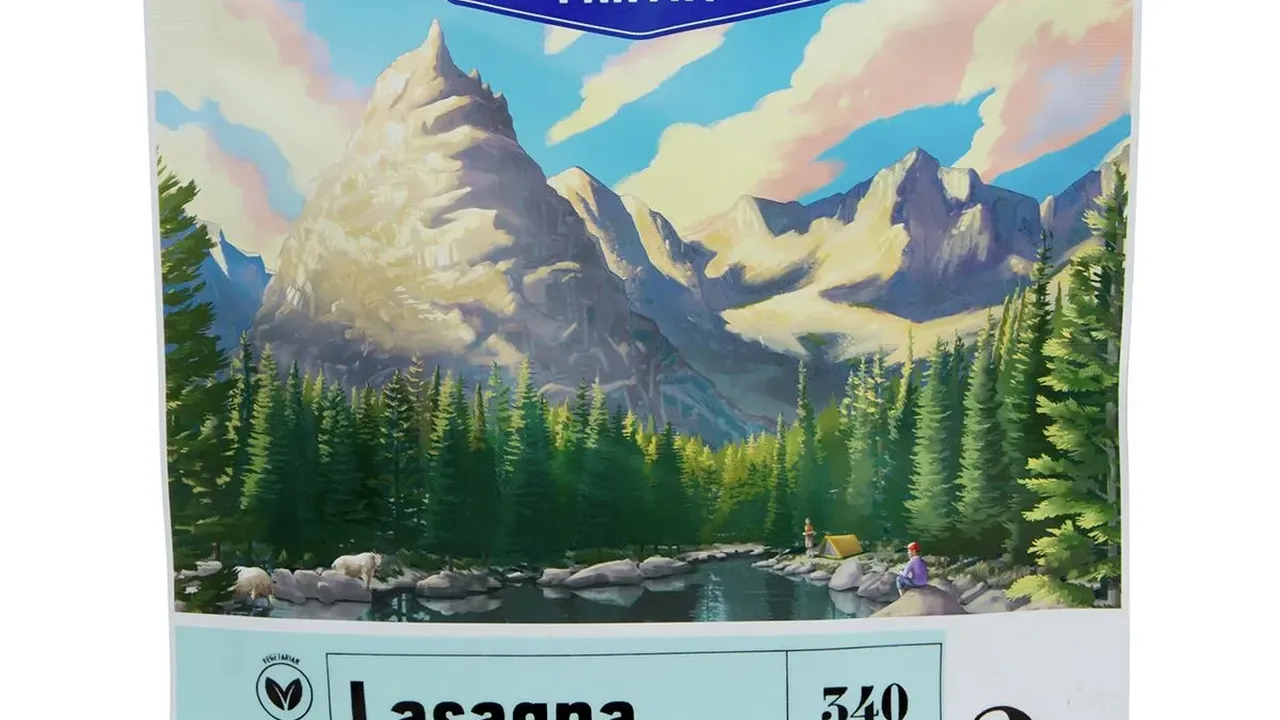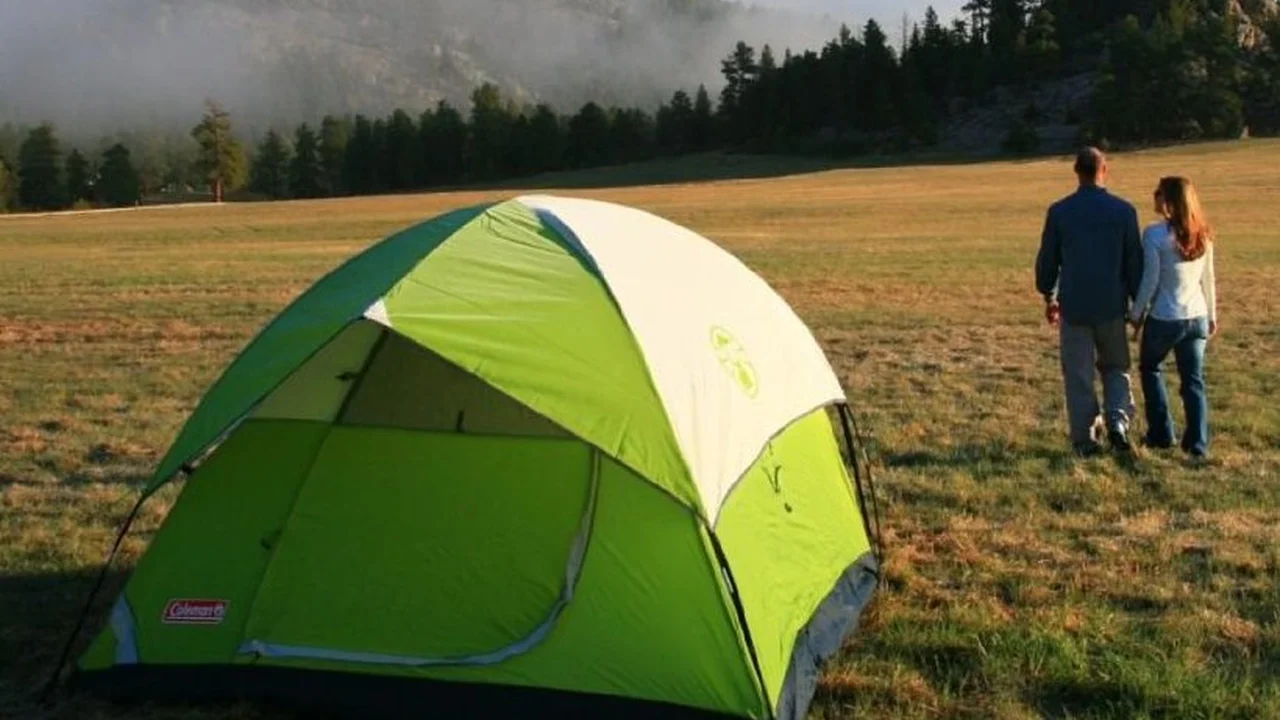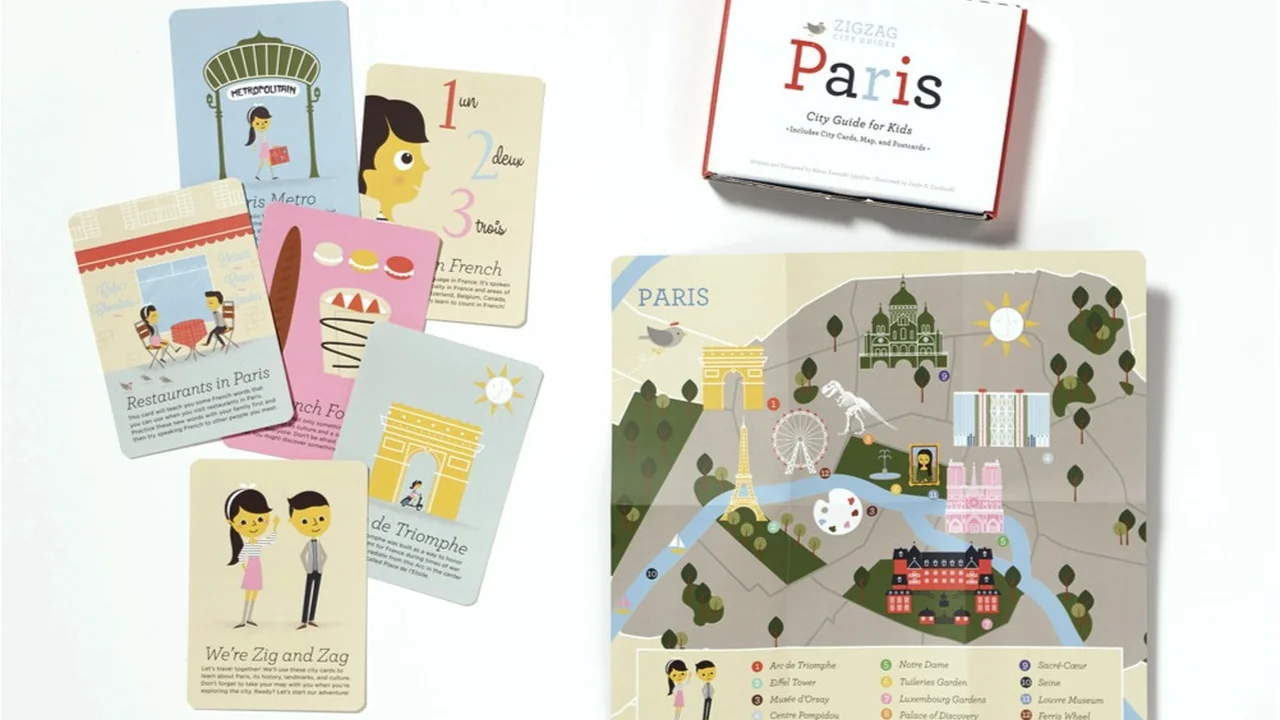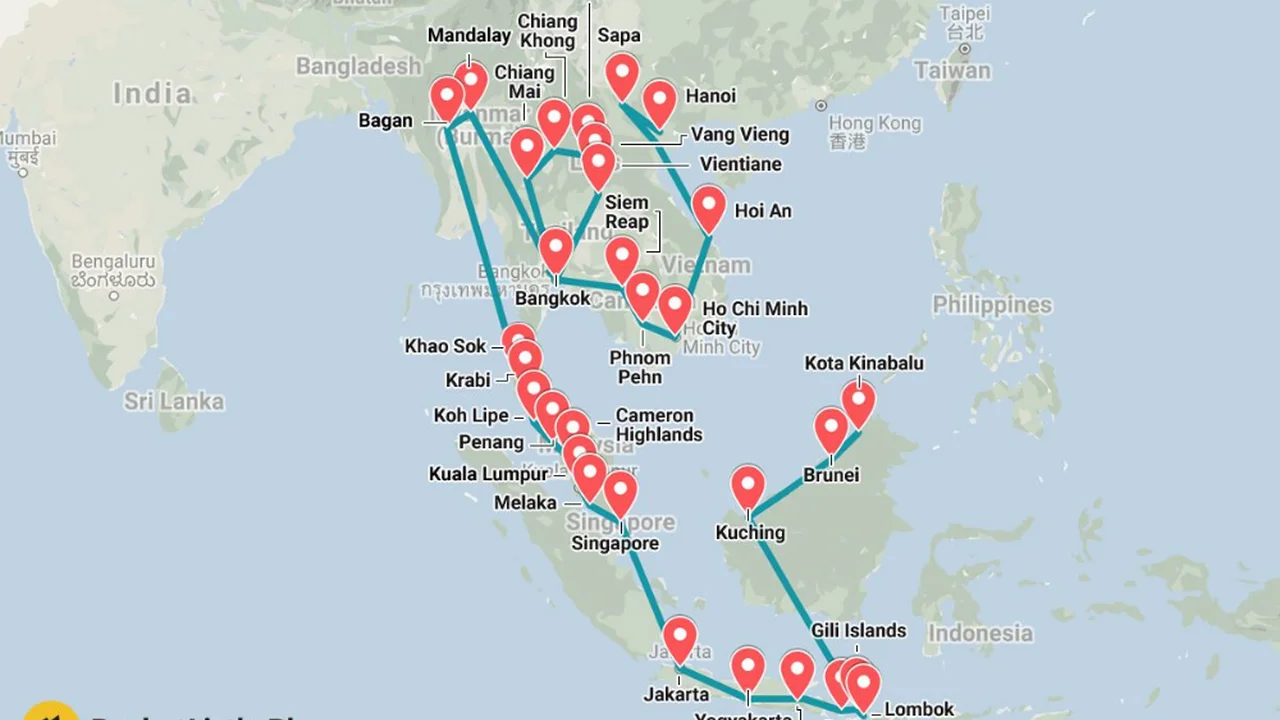Affordable Food Backpacking USA
Find affordable and nutritious food options for backpacking in the USA. Learn how to pack light, cook efficiently, and save money on meals. Fuel your adventure with our budget-friendly food guide.

Planning Your Backpacking Meals: Budget-Friendly Strategies
Alright, so you're hitting the trails in the USA, awesome! But let's be real, food costs can seriously eat into your budget (pun intended!). The good news is, with a little planning, you can eat well without emptying your wallet. First things first: meal planning is your best friend. Before you even think about packing, sit down and map out every single meal you'll be eating. This helps you avoid impulse buys and ensures you're only carrying what you need.
DIY Backpacking Food: Saving Money on the Trail
Forget those expensive freeze-dried meals! Making your own backpacking food is not only cheaper but also healthier. Think about dehydrating your own fruits, vegetables, and even cooked meals. A dehydrator is a great investment if you're a frequent backpacker, but you can also use your oven on a low setting. Oatmeal is another fantastic option. It's lightweight, nutritious, and super versatile. Add nuts, seeds, dried fruit, or even a spoonful of peanut butter for extra flavor and calories.
Backpacking Food List: Essential Ingredients for a Budget Trip
So, what should you actually pack? Here's a list of budget-friendly staples:
- Oatmeal: Instant or rolled oats, add-ins like dried fruit, nuts, and seeds.
- Pasta: Lightweight and easy to cook, pair with dehydrated sauce or pesto.
- Rice: Another lightweight carb source, works well with beans and spices.
- Beans: Canned or dehydrated, a great source of protein and fiber.
- Nuts & Seeds: High in calories and healthy fats, perfect for snacking.
- Dried Fruit: Lightweight and energy-dense, a sweet treat on the trail.
- Peanut Butter: A backpacking staple, high in protein and calories.
- Protein Bars: Convenient and filling, but choose wisely to avoid sugary options.
- Tuna/Salmon Pouches: Lightweight and packed with protein.
- Spices: Salt, pepper, garlic powder, chili flakes - add flavor to your meals!
Backpacking Stove Options: Fuel Efficiency and Cost
Choosing the right backpacking stove can also impact your food budget. Fuel can be expensive, so you want a stove that's efficient. Canister stoves are convenient and easy to use, but fuel canisters can add up. Alcohol stoves are lightweight and cheap to make, but they're not as fuel-efficient. Integrated canister stoves, like the MSR Reactor or Jetboil, are super efficient but more expensive upfront. Consider your needs and budget when making your choice.
Water Purification: Essential for Safe and Affordable Backpacking
Clean water is crucial for safe backpacking, and buying bottled water is a major waste of money (and plastic!). Invest in a good water filter or purification tablets. Sawyer Squeeze filters are a popular and affordable option. Water purification tablets are cheap and lightweight, but they can leave a slight taste. Always treat your water before drinking it, no matter how clean it looks.
Cooking on the Trail: Simple Recipes and Techniques
Don't overcomplicate things! Backpacking meals don't have to be gourmet. One-pot meals are your friend. Simply boil water, add your ingredients, and let it simmer. Oatmeal with toppings, pasta with dehydrated sauce, or rice and beans are all easy and delicious options. If you're feeling fancy, try making a foil packet meal. Wrap your ingredients in aluminum foil and cook it over the fire. Clean up is a breeze!
Product Recommendations: Affordable Backpacking Food Gear
Okay, let's talk gear. Here are a few affordable and reliable options:
- Dehydrator: The Nesco FD-75A Snackmaster Pro Food Dehydrator is a great entry-level option. It's affordable and easy to use. (Around $70)
- Backpacking Stove: The MSR PocketRocket 2 is a classic for a reason. It's lightweight, reliable, and affordable. (Around $50)
- Water Filter: The Sawyer Squeeze Water Filter is a must-have. It's lightweight, durable, and filters a ton of water. (Around $30)
- Cookware: The Sea to Summit Alpha Light Spork is durable and lightweight. (Around $15)
- Food Storage: Ziploc bags are cheap and versatile for storing food.
Comparing Backpacking Food Options: Freeze-Dried vs. DIY
Let's break down the pros and cons of freeze-dried meals versus making your own:
| Feature | Freeze-Dried Meals | DIY Meals |
|---|---|---|
| Cost | Expensive ($8-$12 per meal) | Affordable (Less than $3 per meal) |
| Convenience | Very Convenient | Requires Planning and Preparation |
| Nutrition | Can be High in Sodium and Preservatives | Control Over Ingredients and Nutrition |
| Weight | Lightweight | Can be Lightweight with Proper Dehydration |
| Taste | Can be Bland | Flavorful with Proper Spices and Ingredients |
Snacking Smart: Fueling Your Body on a Budget
Snacks are essential for keeping your energy levels up on the trail. Pack high-calorie, lightweight snacks like nuts, seeds, dried fruit, and energy bars. Trail mix is a classic for a reason! You can make your own trail mix by combining your favorite nuts, seeds, and dried fruit. Avoid sugary snacks, as they'll give you a quick energy boost followed by a crash. Instead, focus on snacks that provide sustained energy.
Finding Deals on Backpacking Food: Sales and Discounts
Keep an eye out for sales and discounts on backpacking food and gear. REI often has sales, and you can find deals online at websites like Amazon and Backcountry.com. Buying in bulk can also save you money. Consider splitting larger packages of food with your backpacking buddies. Also, don't be afraid to use coupons and promo codes!
:max_bytes(150000):strip_icc()/277019-baked-pork-chops-with-cream-of-mushroom-soup-DDMFS-beauty-4x3-BG-7505-5762b731cf30447d9cbbbbbf387beafa.jpg)





